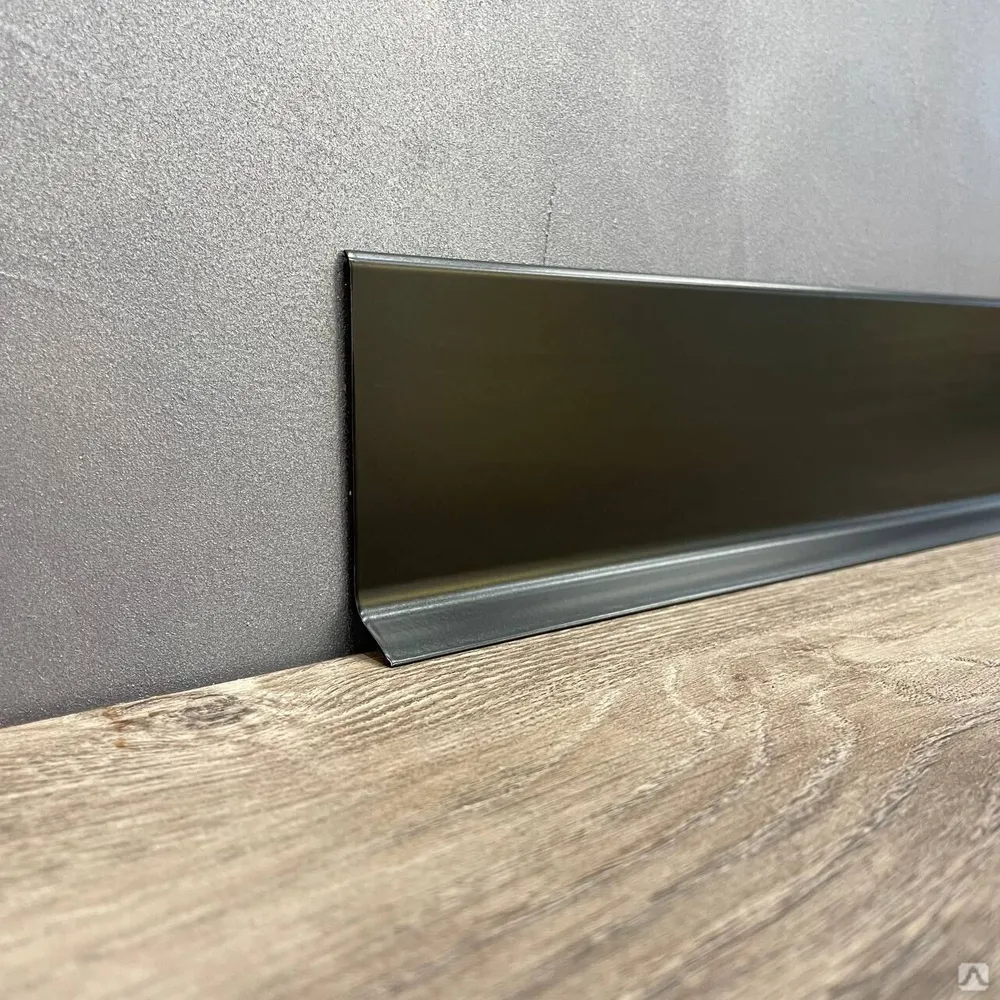floor tiles
The Versatility and Appeal of Floor Tiles
When it comes to home design and renovation, one of the most impactful elements to consider is the flooring. Floor tiles have become a popular choice among homeowners and interior designers alike, thanks to their versatility, durability, and aesthetic appeal. In this article, we’ll explore the various types, benefits, and design options available for floor tiles, demonstrating why they are an excellent choice for any space.
Types of Floor Tiles
Floor tiles come in a diverse array of materials, each with its unique characteristics. The most common types include ceramic, porcelain, natural stone, vinyl, and glass tiles.
1. Ceramic Tiles These are made from clay and are fired at high temperatures. They are available in various colors, patterns, and finishes, making them a favorite for both modern and traditional designs.
2. Porcelain Tiles Denser than ceramic, porcelain tiles are highly resistant to moisture and stains. This makes them ideal for areas like bathrooms and kitchens, where high humidity and spills are common.
3. Natural Stone Tiles Marble, granite, slate, and travertine are examples of natural stone tiles. They add an element of luxury and uniqueness to any room, as each stone piece has its individual patterns and colors.
4. Vinyl Tiles A more budget-friendly option, vinyl tiles are highly versatile and can mimic the appearance of wood, stone, or ceramic. They are easy to install and maintain, making them popular for DIY projects.
5. Glass Tiles Often used as accents, glass tiles add a vibrant and reflective quality to spaces. They are perfect for creating stunning mosaics or backsplashes, enhancing the overall design of a room.
Benefits of Floor Tiles
floor tiles

One of the primary advantages of floor tiles is their durability
. Unlike carpeting, which can wear out and stain over time, tiles are resilient and easy to clean, making them suitable for high-traffic areas. They are also resistant to moisture and mold, particularly porcelain and ceramic tiles, ensuring a hygienic living environment.Additionally, floor tiles offer excellent design flexibility. With countless colors, patterns, and sizes available, homeowners can create a personalized look that matches their style. Whether you prefer the rustic charm of natural stone or the sleek modernity of polished porcelain, there is a tile option for every taste.
Another significant benefit is energy efficiency. Tiles, particularly ceramic and porcelain, can help regulate indoor temperatures. They absorb heat when the sun is shining and release it during cooler periods, contributing to a comfortable living space without putting excessive strain on heating or cooling systems.
Design Options and Trends
With the ever-evolving world of interior design, floor tiles have seen various trends come and go. One current trend is the use of large-format tiles. These oversized tiles reduce grout lines, creating a seamless look that can make a room appear larger.
Another popular trend is the incorporation of geometric patterns and textures. These eye-catching designs add depth and interest to floors. From herringbone patterns in wood-look tiles to intricate hexagonal mosaics in the bathroom, the options are endless.
Sustainability is also gaining traction, with many manufacturers producing eco-friendly tiles made from recycled materials. For environmentally conscious homeowners, these options not only reduce carbon footprints but also deliver innovative designs without compromising quality.
Conclusion
In conclusion, floor tiles offer a myriad of benefits, making them an excellent choice for any home. Their durability, ease of maintenance, and design versatility cater to a wide range of styles and preferences. As trends evolve, floor tiles continue to adapt, providing endless possibilities for homeowners and designers looking to make a statement. Whether you're renovating your kitchen, updating your bathroom, or simply enhancing the aesthetic of your living space, floor tiles are a timeless and practical solution that combines function with beauty.
-
The Evolution of Luxury Flooring Guangzhou Enlio's JourneyAug.05,2025
-
Innovative Commercial Flooring Solutions from Guangzhou Enlio SportsAug.05,2025
-
Premium Interior Solutions with Quality Skirting OptionsAug.05,2025
-
Masking Tape The Essential Tool for Professional ApplicationsAug.05,2025
-
SPC Vinyl FlooringJul.18,2025
-
Home SPC FlooringJul.18,2025




